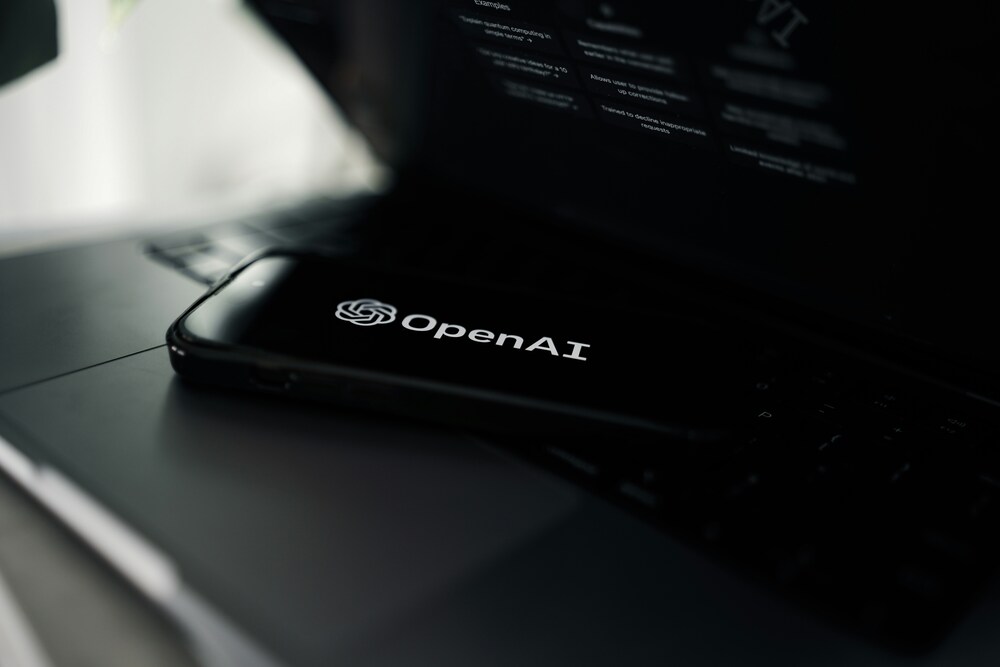OpenAI launches Sora, a TikTok-style app for AI-generated videos
OpenAI is aiming to compete with TikTok, Meta, and Google as it expands into the creator economy

Get Smarter at Marketing
OpenAI has launched Sora, a standalone iOS app that lets people create and share short AI-generated videos. The app turns short written prompts into clips of up to ten seconds. The app is also available on Android in the U.S., Canada, Japan, Korea, Taiwan, Thailand, and Vietnam.
The new tool is powered by the company’s Sora 2 model. OpenAI first introduced Sora, a video and audio generation model, last year to compete with similar text-to-video tools from Google Veo3 and Meta. The company says Sora 2 can generate realistic scenes with synchronized sound and motion.
This launch follows reports from April that OpenAI was developing a social networking app. The new platform now appears to be the company’s attempt to build a social app like TikTok and Instagram Reels, but for AI-generated content.
How Sora’s social feed works
According to the platform, users can type in what they want to see, and the Sora app will produce a short video that fits the description. Users can create videos and scroll through a customizable feed to find new videos. Users can also share their videos with friends within the feed.
The Cameo feature and likeness control
The Sora app also includes a feature called Cameo, which lets users create digital versions of themselves that can appear in AI-generated scenes. To activate Cameo, users go through a one-time setup that involves recording a short video and audio clip. This process verifies their identity and captures their face and voice so the app can generate their likeness.
After setup, users can choose who can use their digital likeness in Sora videos. It can be open to everyone, limited to mutual connections, or restricted to approved friends or just themselves. They can also view every video where their Cameo appears, including drafts created by others, and have the option to revoke access or delete those videos at any time.
According to OpenAI, Cameo is designed to give users direct control over how their likeness is used and shared in AI-generated content.
Rights control and creator relationships
OpenAI CEO Sam Altman said in a Friday post following the launch that the company plans to give rights holders “more granular control” over how their characters are used in Sora videos. He said the tool reflects a growing focus on consent and safety in AI-generated media, especially as concerns about deepfakes and identity misuse continue to rise.
Altman also confirmed that the company plans to share revenue with rights holders who allow their intellectual property to appear in user-generated videos. “We are going to have to somehow make money from video generation. People are generating much more than we expected per user, and a lot of videos are being generated for very small audiences. We are going to try sharing some of this revenue with rights holders who want their characters generated by users,” he said.
Availability and access
The Sora app is currently invite-only and available in the U.S. and Canada. Users can sign up within the app to receive a notification when access opens. Once invited, they can also use Sora 2 through the sora.com website.
Sora 2 is available for free during the rollout phase, but OpenAI says access may later depend on compute limits. ChatGPT Pro subscribers can also use an experimental version called Sora 2 Pro, with an API release planned for later.
OpenAI’s entry into an established and competitive space
The launch of the Sora app positions OpenAI as a competitor in the short-form video and generative media space dominated by TikTok, Instagram Reels, and YouTube Shorts. Meta also recently launched ‘Vibes,’ an AI-powered feed for short videos.
OpenAI is working to build products beyond ChatGPT and enterprise AI tools to diversify its revenue streams. Last month, the company said it was developing a job-matching platform that uses AI to connect employers with talent. It also partnered with Shopify, allowing merchants to sell directly within ChatGPT.
OpenAI’s business has already reached an annual recurring revenue of about US$10 billion as of mid-2025, nearly double its December 2024 figure of around US$5.5 billion, CNBC reported. In the first half of 2025 alone, the company generated roughly US$4.3 billion in revenue, a 16 percent year-over-year increase.
%20(1).png)
in the world of marketing:
